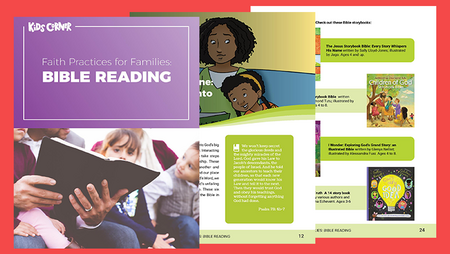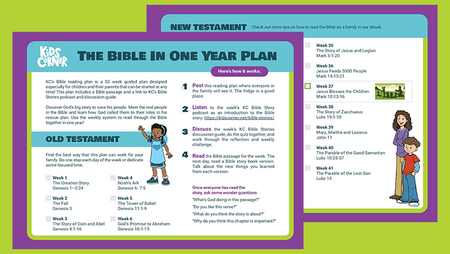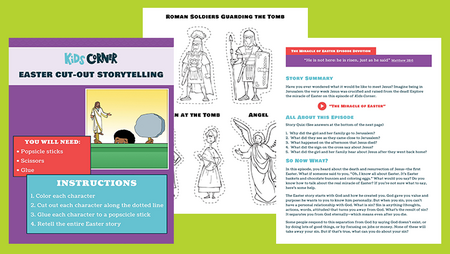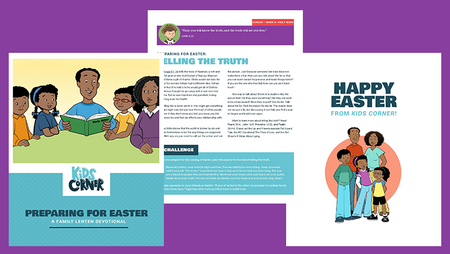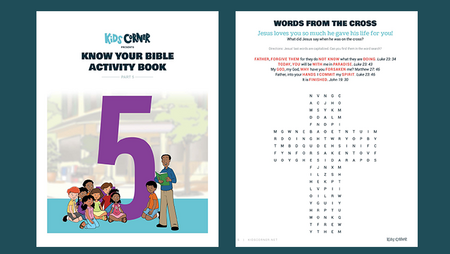
Connecting Palm Sunday to Easter
Bible Verse
9 In front of Jesus and behind him, people went along shouting, “Hooray! God bless the one who comes in the name of the Lord! 10 God bless the coming kingdom of our ancestor David. Hooray for God in heaven above!” Mark 11:9-10
On Palm Sunday children line up in the fellowship hall where church school teachers pass out feathery palm fronds. As the piano starts, the kids walk into the sanctuary waving their palms and singing. Though the joy in the room is palpable, in many ways, Palm Sunday is the “calm before the storm.” Yes, it’s cause for celebration, but it’s also the beginning of Christ’s journey to the cross.
Jesus makes his triumphal entry into Jerusalem just before Passover. By this point in his ministry, his followers come from all walks of life. These followers welcome their king as he enters the great city, riding on a donkey. But do they really understand why Jesus came and what kind of king he is? Do they understand what he will have to do to fulfill God’s plan for salvation?
The answers to these questions and their connection to Palm Sunday point to three essential aspects of the Christian walk we can share with children: our sin, God’s grace, and Christ’s sacrifice. Here are three ways to make these all-important connections with our little ones:
Help children understand our need for Christ.
It’s hard for kids to wrap their heads around why Christ came to die unless they first understand sin. Even for adults, sin can be an uncomfortable topic to dwell on, but we can show our kids in tangible ways the sin that is present in the world.
An argument at home, for example, can be an opportunity to demonstrate to our littlest ones the need to ask God to forgive us when we don’t follow his commands.
Older children can see examples of the brokenness sin causes on the playground and in the news.
Focus family devotion time on the question: What kind of King is Jesus?
The stories of Jesus’ ministry show a king who came to serve.
Read about Christ’s miracles, such as the healing of a little girl and an old woman in Luke 8:40-56, and ask kids who Jesus helped.
Share John 13, when Jesus washes his disciples’ feet and note how he directs them to serve as he has served them.
Talk about how, even on the cross, Jesus blessed his disciples, his mother, and another man being crucified with him (Luke 23, John 19).
Read the Sermon on the Mount in Matthew 5-7 and discuss who belongs in God’s Kingdom.
Read Matthew 18 and 19:13-15 and notice how Jesus welcomed children. Rejoice that in God’s kingdom we may be small, but we are important.
Ask: What makes Jesus’ entry triumphant?
The triumph of Christ’s entry has nothing to do with pomp and circumstance and everything to do with what still lies ahead: Jesus will rescue God’s people from death when he sacrifices his own life on their behalf.
Older children might also recognize that Jesus’ followers would not have known the heartache and triumph to come as they laid their coats at his feet and waved branches in his honor. At that moment, they could not even imagine his death on a cross.
However you celebrate Palm Sunday together as a family, remember to place it in the larger context of God’s big story. Jesus came to die for each one of us. Big or small, rich or poor, strong or weak, we are invited to receive the gift of his salvation. Now that’s cause to celebrate!
Want to do a deep dive? Check out Family Fire's article From Hosanna to Crucify Him

